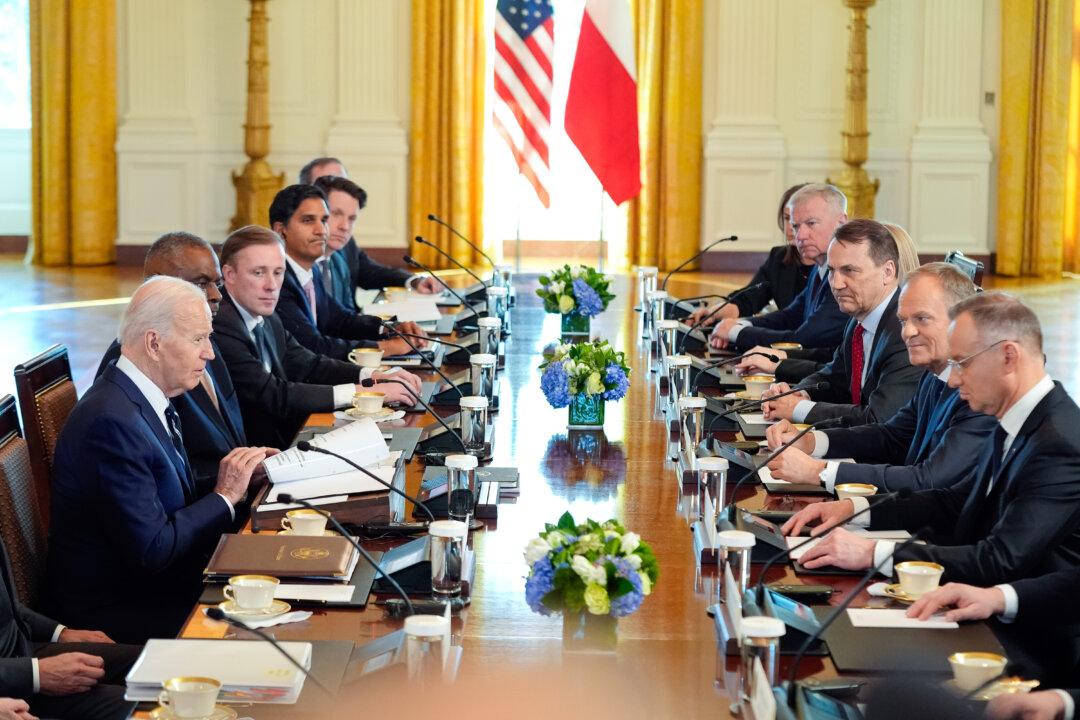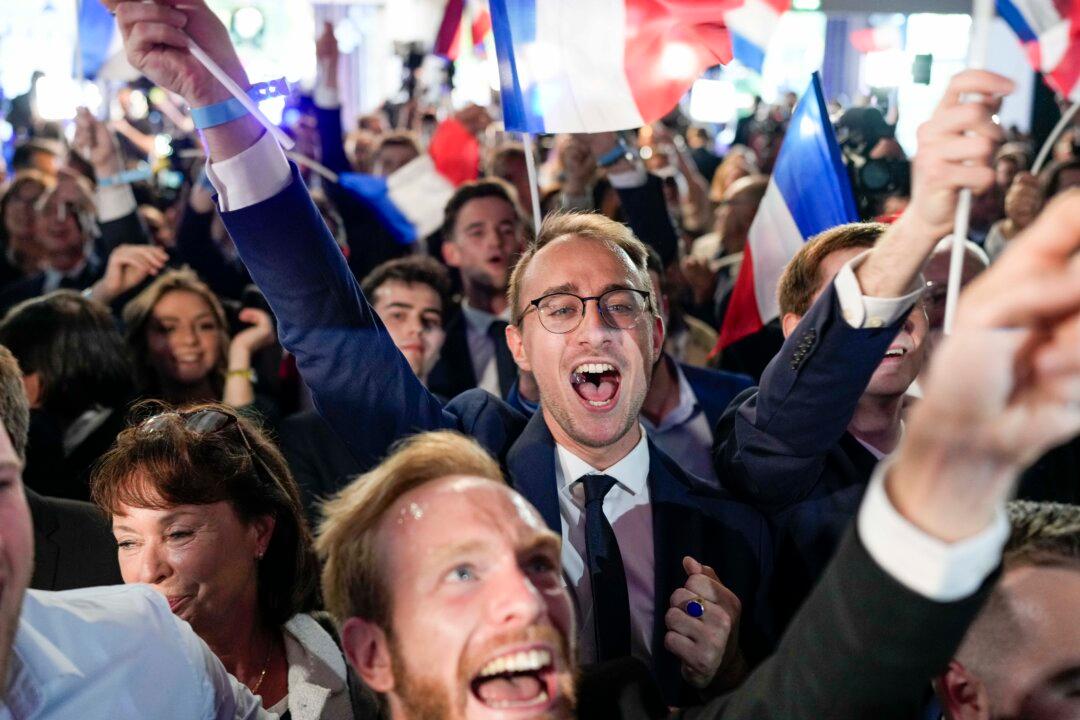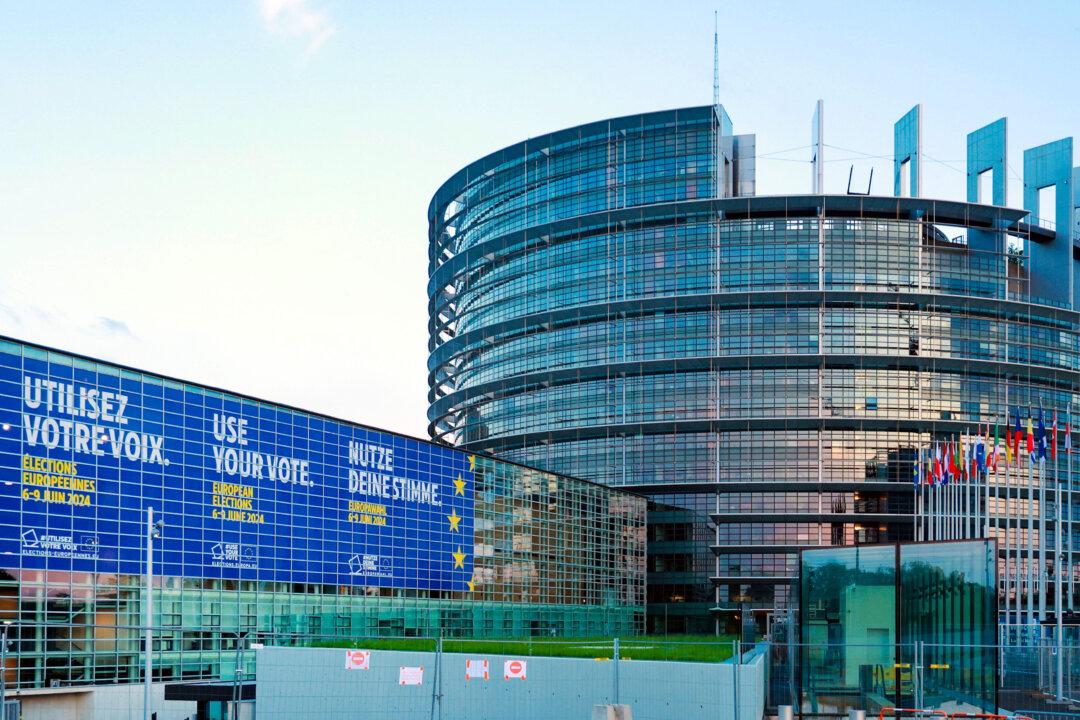President Joe Biden hosted Polish President Andrzej Duda and Prime Minister Donald Tusk at the White House on March 12 to discuss Poland’s commitment to NATO, military cooperation between Poland and the United States, and financial support for Ukraine.
At the meeting, Mr. Duda proposed increasing the defense spending of all NATO members from the current 2 percent of gross domestic product (GDP) guideline to 3 percent in response to the growing threat from Russia.





